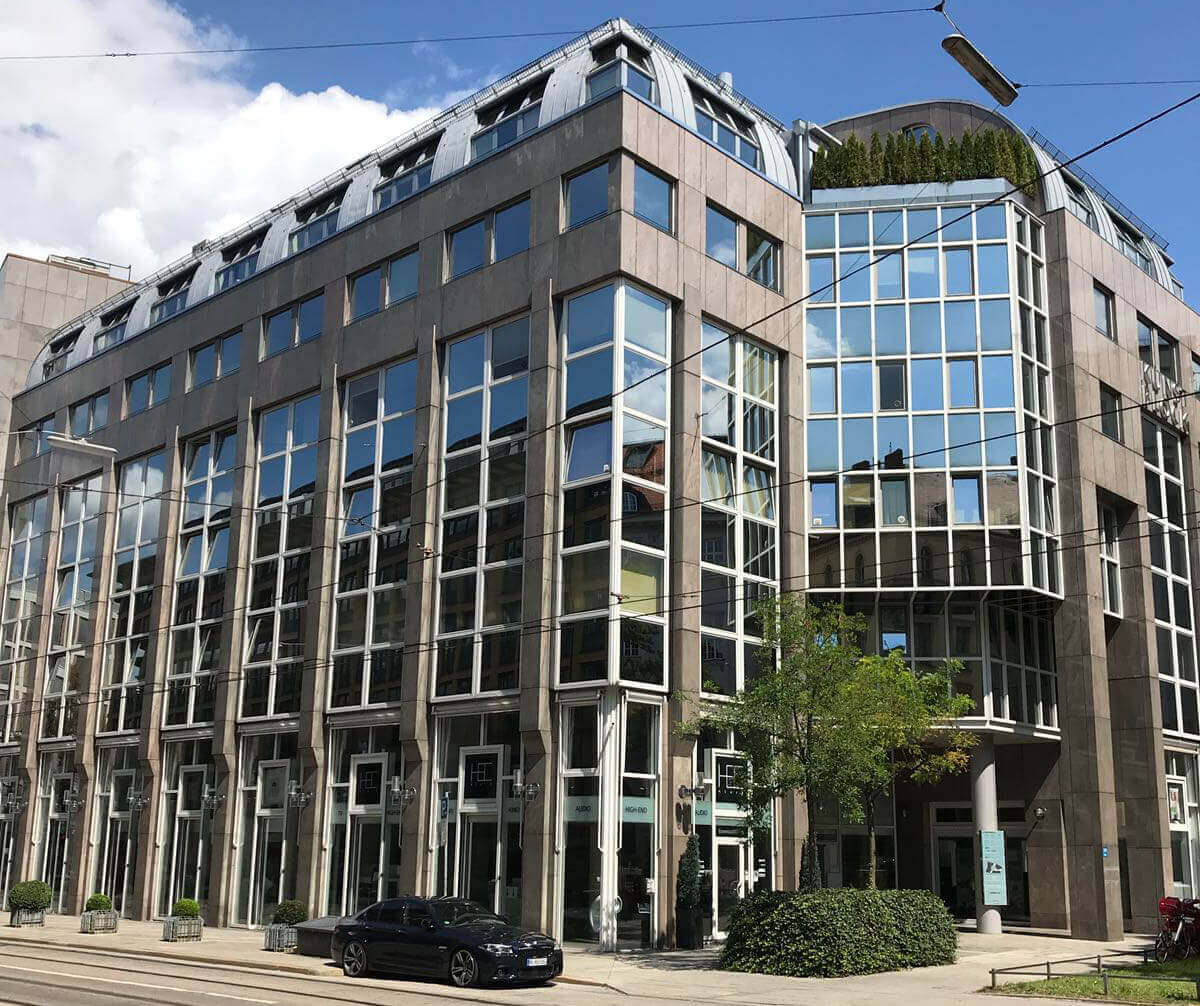The road to recovery often feels rocky and tough for stroke survivors, who face many challenges along the way. From their physical conditions of weakness to their emotional instability to their cognitive loss of memory, a safe and speedy recovery is a common desire for both stroke survivors and their loved ones.
1. Repetitive exercises
Repetition rebuilds and strengthens neural pathways. It is the key to neuroplasticity, the brain’s ability to heal itself. Regularly engage in stroke rehabilitation exercises with your physical therapist or by yourself at home.
2. Strengthen core muscles
Walking can become a challenge for many stroke survivors. Strengthening the feet and legs is important, but core muscles are responsible for stability. Repetitive core rehabilitation exercises can help improve walking and balance.
3. Braces are good, exercises are better
Depending on a brace after a stroke is an easy way to deal with conditions such as foot drop. However, they do little to encourage the body to heal. In fact, relying too heavily on braces can lead to complete loss of function in the foot as the neural network is not being regularly strengthened. Foot drop exercises are a better, more effective long-term option for healing the brain and the body.
4. Healthy diet
Switching to a healthy diet boosts nutrient levels, leading to a more energized body and a healthy brain. Focus on non-processed foods that can help lower cholesterol and blood pressure. High cholesterol and blood pressure levels can actually lead to recurrent strokes to occur.
5. Stay consistent
If repetition is the key to neuroplasticity, then the intermittent activity is its downfall. Pave the way for yourself to a safe and speedy recovery. The key is simple routine: simply incorporate repetitive stroke rehabilitation exercises into your weekly routine.





